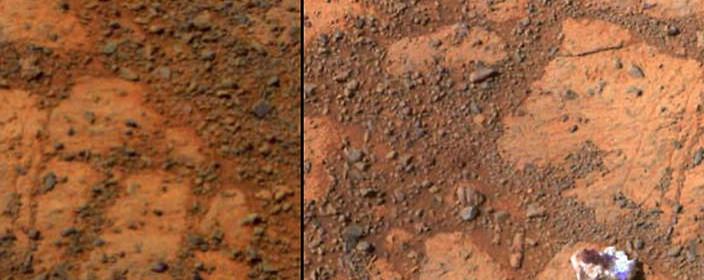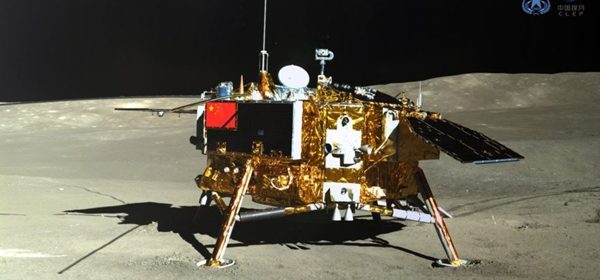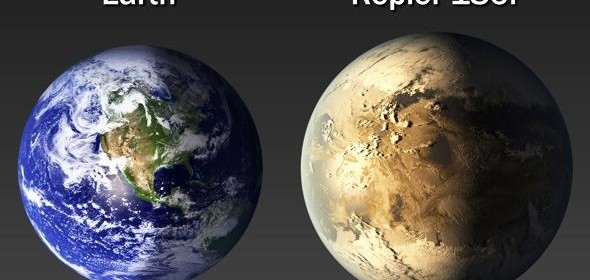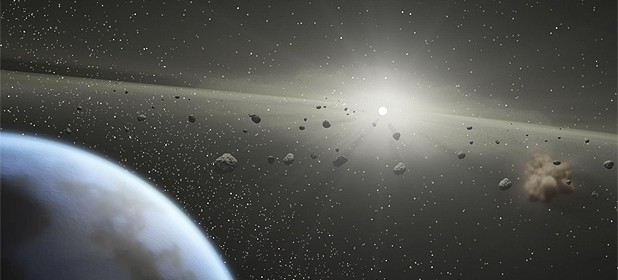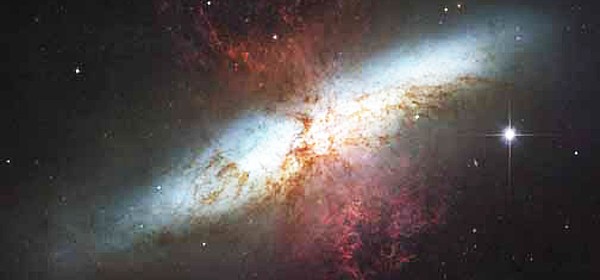Life-friendly lake on mars
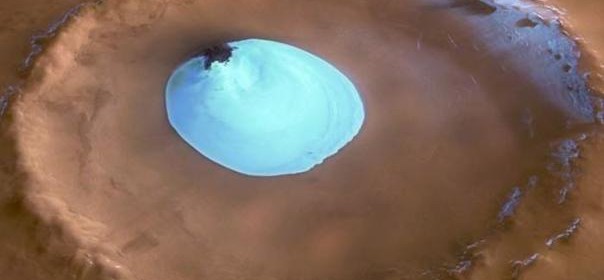
NASA scientists have discovered evidence that a large freshwater lake existed on Mars billion of years ago, further strengthening the case that Earth’s neighbor once harbored life.The lake was part of a network of waterways that could have lasted thousands or even millions of years—possibly long enough for simple organisms to take hold there.Those conclusions come from an analysis of […]
Read more
